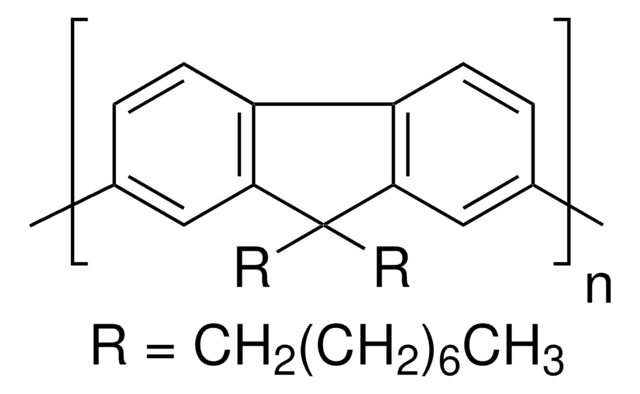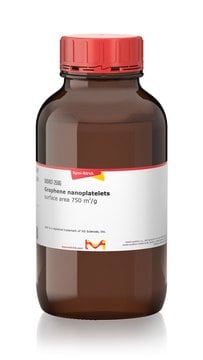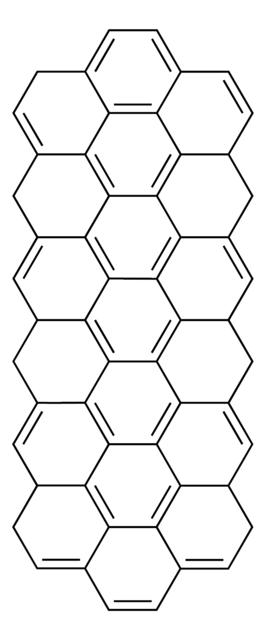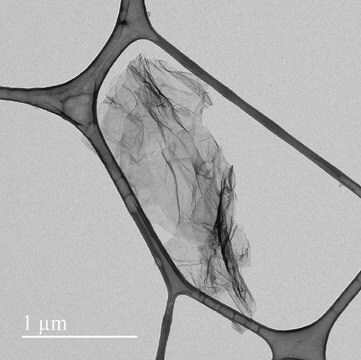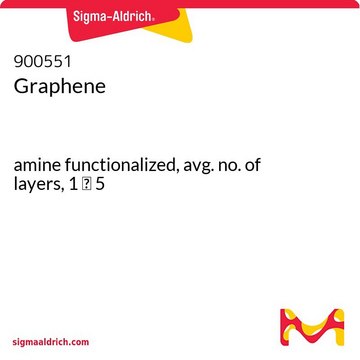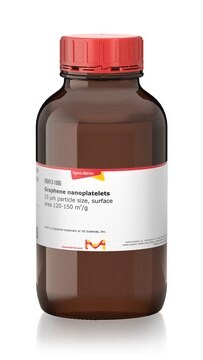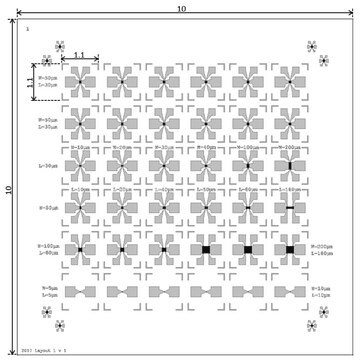おすすめの製品
詳細
Graphene nanoribbons (GNR) are narrow strips of graphene with abundant edges and high aspect ratio. The edge functionalization can alter the chemical properties of the GNR to afford them good dispersibility and strong interfacial interactions with various materials. Such properties have made GNR suitable for producing a variety of composites, particularly as conductive fillers that provide percolation at a comparatively small mass loading due to the high aspect ratio and high conductivity. GNR have been used in sensors, energyconversion/storage devices, and electrochemical, photochemical and thermoelectrical systems. They have also been intensively studied for biochemical and biological applications such as bioimaging, biosensing, DNA sequencing, and neurophysiological recovery.
アプリケーション
Graphene nanoribbons (GNR) made by reductive splitting of carbon nanotubes possess highly reactive edge carbon atoms. The carbanions have been passivated by methanol to yield this H-terminated graphene nanoribbons product. This reductively splitted graphene nanoribbons preserve high electrical conductivity, and enable them good candidates for electrodes in neurophysiological recording, conductive filler in batteries, and heater in de-icing devices.
シグナルワード
Warning
危険有害性情報
危険有害性の分類
Eye Irrit. 2 - STOT SE 3
ターゲットの組織
Respiratory system
保管分類コード
11 - Combustible Solids
WGK
WGK 3
引火点(°F)
Not applicable
引火点(℃)
Not applicable
適用法令
試験研究用途を考慮した関連法令を主に挙げております。化学物質以外については、一部の情報のみ提供しています。 製品を安全かつ合法的に使用することは、使用者の義務です。最新情報により修正される場合があります。WEBの反映には時間を要することがあるため、適宜SDSをご参照ください。
Jan Code
922714-VAR:
922714-BULK:
922714-100MG:
最新バージョンのいずれかを選択してください:
Kyle A Ritter et al.
Nature materials, 8(3), 235-242 (2009-02-17)
Graphene shows promise as a future material for nanoelectronics owing to its compatibility with industry-standard lithographic processing, electron mobilities up to 150 times greater than Si and a thermal conductivity twice that of diamond. The electronic structure of graphene nanoribbons
Melinda Y Han et al.
Physical review letters, 98(20), 206805-206805 (2007-08-07)
We investigate electronic transport in lithographically patterned graphene ribbon structures where the lateral confinement of charge carriers creates an energy gap near the charge neutrality point. Individual graphene layers are contacted with metal electrodes and patterned into ribbons of varying
Mohammad A Rafiee et al.
ACS nano, 4(12), 7415-7420 (2010-11-18)
It is well established that pristine multiwalled carbon nanotubes offer poor structural reinforcement in epoxy-based composites. There are several reasons for this which include reduced interfacial contact area since the outermost nanotube shields the internal tubes from the matrix, poor
ライフサイエンス、有機合成、材料科学、クロマトグラフィー、分析など、あらゆる分野の研究に経験のあるメンバーがおります。.
製品に関するお問い合わせはこちら(テクニカルサービス)![ポリ[(9,9-ジ-n-オクチルフルオレニル-2,7-ジイル)-alt-(ベンゾ[2,1,3]チアジアゾール-4,8-ジイル)] average Mn ≤25000](/deepweb/assets/sigmaaldrich/product/structures/428/661/1c4ebb98-9d51-48c0-96c7-e556ca425aa4/640/1c4ebb98-9d51-48c0-96c7-e556ca425aa4.png)
